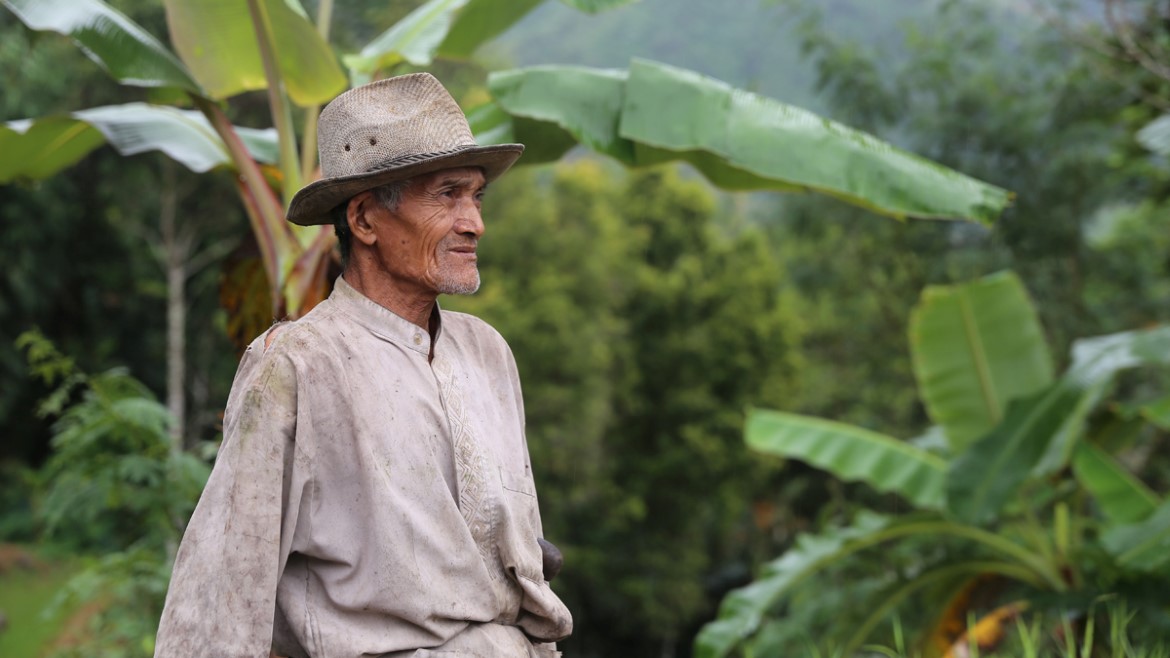Historical Constitutional Court in Indonesia recognises indigenous territories

A number of civil society organisations continue to advocate for the implementation of this decision.
Why
The pressure on Indonesia’s carbon rich forests and peat lands increases with a growing demand for minerals, timber, paper and pulp and palm oil.
The Indonesian Forestry Law grants the Indonesian state authority over 70 % of the country’s total area. This enables the state to hand out licenses to companies on land that is claimed by indigenous peoples in Indonesia, without proper environmetal impact analyses, consultation or compensation. According to AMAN, more than 60 million people live in or near the rainforest in Indonesia.
What
In 2013, the Indonesian organisation AMAN brought a case for land rights before the Constitutional Court and the Court ruled in favour of the customary communities’ rights to their customary forest.
The ruling was the first recognition of local communities’ rights after the state claimed ownership of all forest land that was not privately owned in 1967, and is seen as a major step towards real recognition of indigenous rights in Indonesia.
The decision has further evidenced the need for participatory mapping of traditional territories, for reference in land use planning, and to reclaim land from wrongfully issued permits for logging, plantations and mining on their land. AMAN and the Samdhana Institute continue to work with communities to map their lands and have the mapping approved by government.
The Constitutional Court decision still needs to be implemented, and concessions for other use of the same lands needs to be reviewed, before indigenous peoples can enjoy full rights to their territories.
